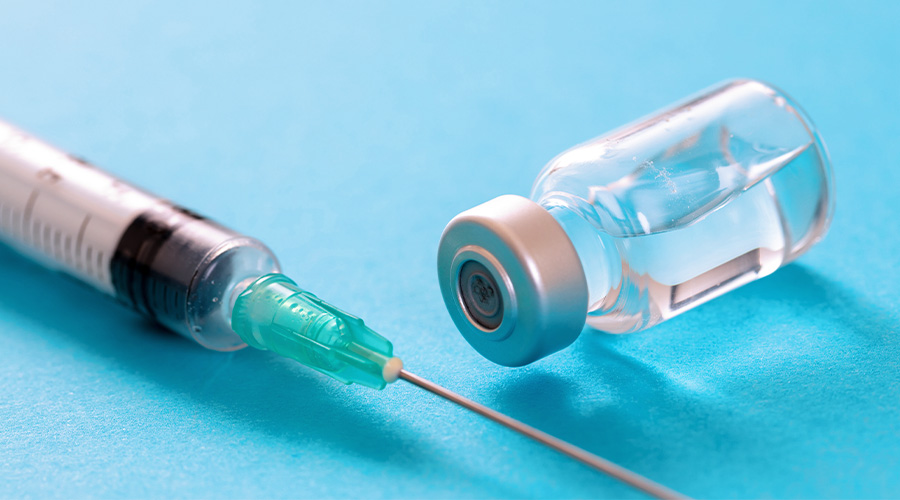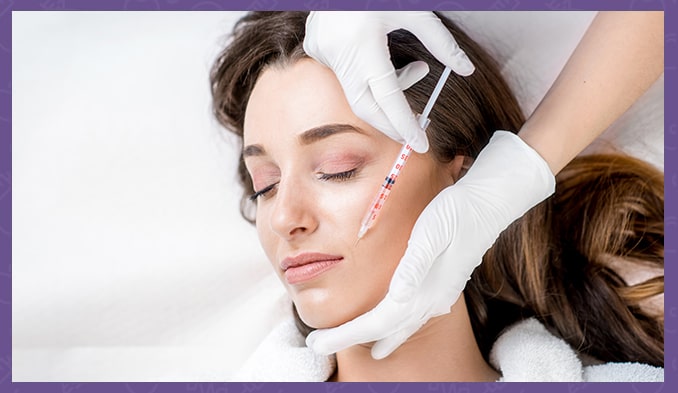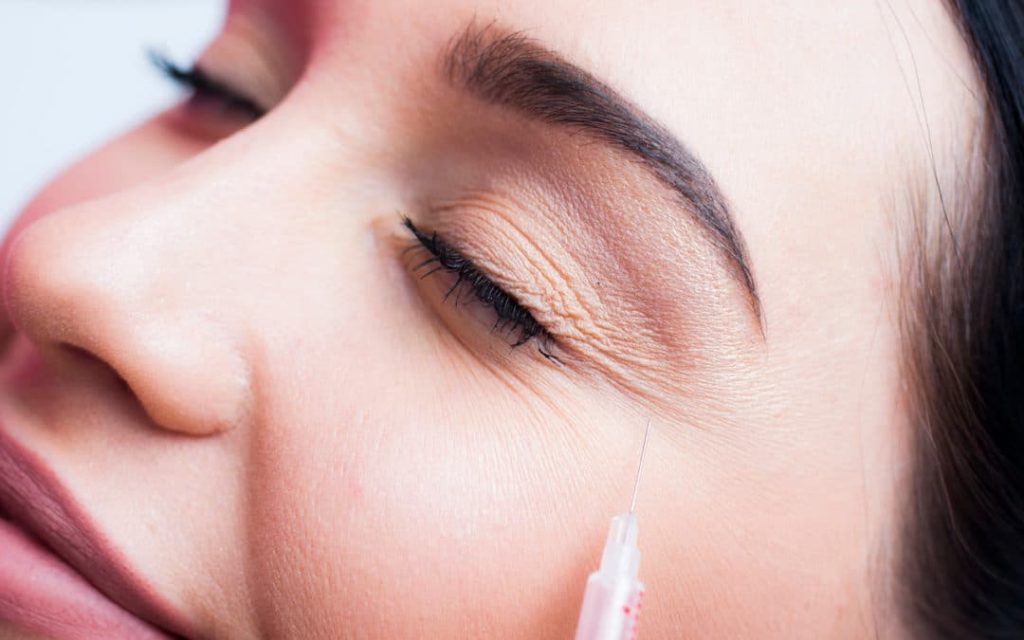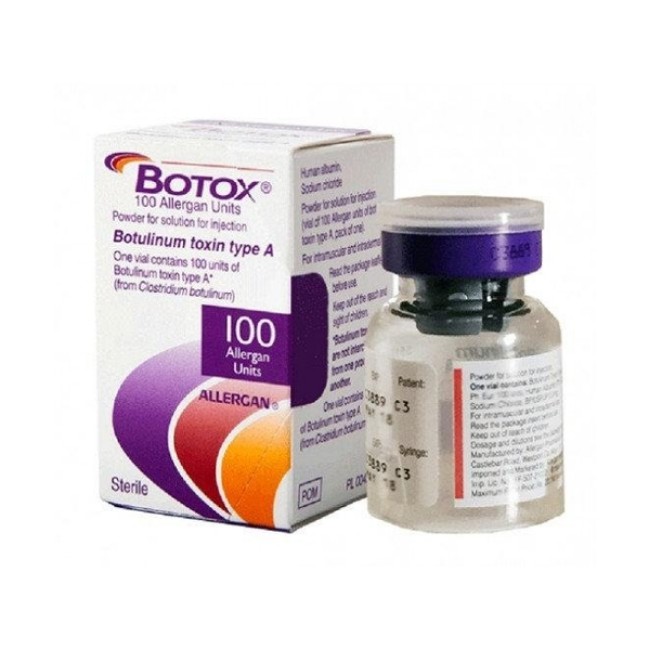When it comes to cosmetic procedures, particularly those involving Botox, understanding botox temperature storage is paramount. Proper storage conditions can significantly impact the efficacy and safety of this popular treatment. In this article, we will delve deeply into the complexities surrounding the storage of Botox, exploring best practices, regulatory requirements, and the consequences of neglecting these crucial aspects.
Table of Contents
ToggleUnderstanding Botox Temperature Storage

The proper storage of Botox is fundamental not only for maintaining its effectiveness but also for ensuring patient safety. The intricacies of botox temperature storage encompass a variety of factors, including the ideal temperature range, packaging, transportation, and adherence to guidelines set forth by regulatory bodies. Understanding these elements will help practitioners and healthcare providers ensure that they are delivering the highest quality product to their patients.
What is Botox Temperature Storage?

Botox, or botulinum toxin type A, is a neurotoxic protein used in various medical and cosmetic applications. When discussing botox temperature storage, we refer to the specific temperature conditions required to maintain the stability and efficacy of the product from the moment it is manufactured until it is administered to the patient.
Proper temperature storage involves keeping Botox within a defined temperature range that prevents degradation or potency loss. This ensures that the therapeutic effects remain predictable and reliable at the time of administration, which is critical given the delicate nature of the substance.
Common Mistakes in Botox Temperature Storage
Many practitioners may overlook the importance of botox temperature storage, leading to common mistakes that can jeopardize the quality of the product.
One prevalent error is improper refrigeration. Some clinics may store Botox at temperatures that are too high or fluctuate frequently due to inadequate refrigeration systems. Such environments can lead to a breakdown of the active ingredients, ultimately compromising the treatment’s effectiveness.
Another mistake is inadequate monitoring of storage temperatures. Failure to use temperature monitors can result in situations where products are accidentally exposed to inappropriate conditions without the knowledge of the staff, leading to diminished quality and potential risks for patients.
The Importance of Botox Temperature Storage

Understanding why botox temperature storage is important underscores the need for rigorous adherence to storage protocols. It can mean the difference between a successful treatment and one that fails to meet expectations.
Impact on Effectiveness
The effectiveness of Botox hinges on the integrity of the active ingredients, which are sensitive to temperature fluctuations. Even slight deviations from the recommended storage conditions can compromise the neurotoxin’s potency.
Moreover, when Botox is stored correctly, its shelf life can be extended, allowing clinics to maximize their investment. This aspect is particularly crucial for clinics that stock multiple vials of Botox for varying client needs and should always prioritize maintaining correct storage conditions.
Risks of Improper Storage
Failing to observe proper botox temperature storage carries several risks, most notably the risk of medical complications for patients. If the Botox has been stored improperly and is no longer effective, patients may experience suboptimal results. This can lead to dissatisfaction, negative reviews, and even ethical issues for the clinic.
Additionally, the chemical composition of Botox can be altered if mishandled, potentially leading to unexpected side effects. Therefore, the implications of improper storage extend beyond just product viability; they can affect clinical reputation and patient trust as well.
Recommended Botox Temperature Storage Temperatures

Having discussed the importance of botox temperature storage, let’s explore the specifics of what constitutes appropriate storage conditions for Botox.
Ideal Temperature Range for Botox
The ideal storage temperature for Botox typically falls between 2°C to 8°C, or approximately 36°F to 46°F. This cold chain must be maintained continuously, from the point of delivery through to the final administration to the patient.
Storing Botox at temperatures outside this safe range can initiate degradation reactions that not only decrease potency but might also produce harmful by-products. It’s essential for healthcare providers to have the means to sustain this temperature consistently throughout the product’s lifespan.
What Happens at High Temperatures?
When Botox is exposed to high temperatures, the stability of the active ingredients can be compromised dramatically. Elevated temperatures can accelerate the degradation process, leading to a reduction in efficacy.
In extreme cases, if Botox reaches temperatures above 30°C (86°F), there is a significant risk that the formulation will become ineffective and possibly harmful. Practitioners must be acutely aware of these dangers and take proactive measures to safeguard against them.
Effects of Low Temperatures on Botox
Conversely, low temperatures can also be detrimental to Botox. While storing at cool temperatures is necessary, freezing the product can destroy the proteins necessary for its functionality.
If Botox is frozen, it may undergo irreversible changes that render it unusable. As such, it’s crucial for practitioners to avoid both overheating and freezing, creating a delicate balance in botox temperature storage that preserves the product’s integrity.
Guidelines for Botox Temperature Storage
With insights into the ideal temperature conditions established, it becomes imperative to examine the practical guidelines for the storage of Botox. Efficient storage management requires thorough planning and execution.
Pre-Storage Preparation
Before storing Botox, it is essential for clinics to prepare adequately. This begins with an inspection of the refrigeration equipment to ensure it is functioning optimally and capable of maintaining the required temperatures.
Staff training plays a pivotal role in pre-storage preparation as well. Employees should be educated about the significance of botox temperature storage, receiving clear instructions on handling, monitoring, and documentation of temperatures.
Choosing the Right Environment
Selecting an appropriate environment for storing Botox is equally crucial. The storage area must be free from direct sunlight, heat sources, and high humidity, which could adversely affect the quality of the product.
A dedicated refrigerator solely for Botox products is highly recommended, as this minimizes the risk of temperature fluctuations caused by frequent opening and closing associated with regular food storage. The design of the storage unit should allow for consistent airflow to prevent hot spots.
Packaging and Container Considerations
Beyond temperature considerations, the choice of packaging also influences the effectiveness of Botox. Original vials should be kept sealed until ready for use to protect the product from environmental exposure.
It is advisable to label vials clearly to indicate expiration dates and to monitor usage closely. Practitioners should also consider utilizing secondary packaging solutions that provide additional insulation, helping maintain stable temperatures during temporary disruptions.
Transportation of Botox Temperature Storage

Botox temperature storage does not end once the product is placed in storage; it extends to transportation as well. Given the sensitivity of Botox to temperature variations during transit, careful planning is necessary.
Best Practices for Transporting Botox
When transporting Botox, it is vital to use insulated containers that can maintain the appropriate temperature range. Ice packs or refrigerated transport units are often employed to ensure that the product remains within the ideal ranges throughout the journey.
Care should also be taken to minimize the duration of exposure to ambient temperatures. Shorter transport times should be prioritized, and logistics should be arranged to facilitate rapid delivery to reduce risks.
Temperature Monitoring During Transit
Temperature monitoring is a critical component of transportation. Utilizing data loggers or temperature-mapping technologies can provide assurance that Botox remains within the specified temperature range.
These devices can alert personnel if temperatures deviate from acceptable levels, allowing for swift intervention to mitigate any potential damage to the product. Maintaining meticulous records during transport can also support compliance with regulatory standards.
Handling and Administering Botox

Once Botox has reached its destination, proper handling and administration are the next steps in ensuring a successful outcome for patients.
Preparing Botox for Administration
Before administering Botox, practitioners should inspect the vials to ensure no signs of degradation, such as discoloration or unusual particulates. Once confirmed, the vials should be gently rolled to resuspend the solution, avoiding vigorous shaking that can cause bubbles or foam.
Practitioners should also ensure that the trained staff involved in the procedure understands the nuances of preparing and diluting Botox, as improper mixing can alter the drug’s effectiveness.
Best Practices for Injection Procedures
During the actual injection process, a sterile environment is paramount. Practitioners must adhere to strict sanitation protocols to avoid contamination that could compromise patient safety.
Utilizing precise techniques during administration is equally essential. Clinicians should be well-trained in facial anatomy, ensuring that the product is injected into the correct muscle groups for optimal results.
Regulatory Compliance about Botox Temperature Storage

Adherence to regulatory guidelines concerning botox temperature storage is non-negotiable. Understanding the legal framework governing Botox storage ensures that practices uphold the highest standards for product safety and efficacy.
FDA Guidelines on Botox Storage
The U.S. Food and Drug Administration (FDA) has provided explicit guidelines regarding the storage and handling of Botox. These guidelines encompass temperature control, labeling requirements, and expiration considerations.
Clinics must familiarize themselves with the complete list of regulatory requirements to avoid legal ramifications that can arise from negligence. Non-compliance can not only lead to penalties but also jeopardize the clinic’s ability to operate.
Importance of Adhering to Manufacturer Recommendations
Manufacturers of Botox provide detailed instructions accompanying their products, outlining the ideal storage conditions and handling practices. It is essential for clinics to rigorously adhere to these recommendations to ensure product integrity.
Consultation with representatives from the manufacturer can provide additional clarity on specific concerns related to storage and handling, facilitating a comprehensive understanding of how to maintain Botox quality.
Consequences of Improper Botox Temperature Storage Management

Neglecting the principles of botox temperature storage can lead to dire consequences that extend beyond immediate product failure.
Deterioration of Product Quality
The most immediate consequence of improper storage is the deterioration of Botox quality. Patients may receive treatments that are either ineffective or dangerous, resulting in adverse health effects that could have been avoided.
Moreover, once the product has degraded, it cannot be restored, leading to losses in revenue and wasted inventory. This deterioration poses not only financial repercussions but can also tarnish the clinic’s reputation.
Legal and Ethical Implications
Alongside the physical consequences, there are potential legal and ethical implications tied to the mismanagement of Botox storage. Unsatisfied patients stemming from poorly executed treatments may seek legal recourse, leading to potential lawsuits.
Furthermore, ethical considerations come into play when treating patients with compromised products. Providers have a responsibility to ensure that patients receive only the highest-quality treatments, and falling short of this duty can erode public trust.
Innovations in Botox Temperature Storage Solutions

As we continue to evolve in our understanding of botox temperature storage, new innovations are emerging to enhance the safety and reliability of storage solutions.
Advances in Temperature-Controlled Packaging
Recent advancements in temperature-controlled packaging are transforming the landscape of pharmaceutical transport and storage. Today’s packaging solutions offer superior insulation and temperature regulation, ensuring that Botox remains protected during storage and transport.
Innovative designs include active temperature control technology and passive thermal protection, which contribute to maintaining the ideal temperature throughout the supply chain.
Technology for Monitoring Storage Conditions
Modern technology has facilitated improved monitoring of storage conditions through the use of digital monitoring systems. These advanced systems enable real-time tracking of temperatures, providing alerts and notifications in the event of deviations.
Data logging technologies allow clinics to maintain comprehensive records of storage conditions, supporting compliance efforts and enabling informed decision-making regarding product usage.
Conclusion
In conclusion, the topic of botox temperature storage encompasses a multitude of elements essential to maintaining the quality and safety of this widely used cosmetic treatment. From understanding the ideal temperature ranges to implementing robust monitoring systems, every detail matters.
By prioritizing education, adhering to regulatory guidelines, and leveraging technological advancements, practitioners can ensure that they deliver the highest quality Botox to their patients. Ultimately, ensuring proper storage practices isn’t merely about protocol—it’s about upholding the trust and safety of those who rely on these transformative treatments.
Contact us via other platforms if you have any questions or requests that need to be answered quickly.
Tiktok: www.tiktok.com/@lunabeautyacademy6
Hotline: 034 254 0228
Email: lunabeautyacademy@gmail.com
Address: No. 29, Alley 140/1/2, Lane 140 Nguyen Xien, Thanh Xuan, Hanoi
Luna wishes you success and hopes you will have the best experiences at the academy. If you need advice or answers about anything, please leave your Contact Information With Us, the Luna team will contact you soon. Thank you for reading this article.


















